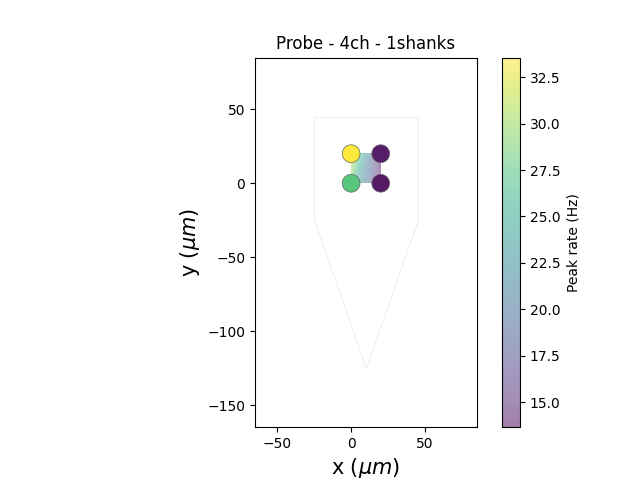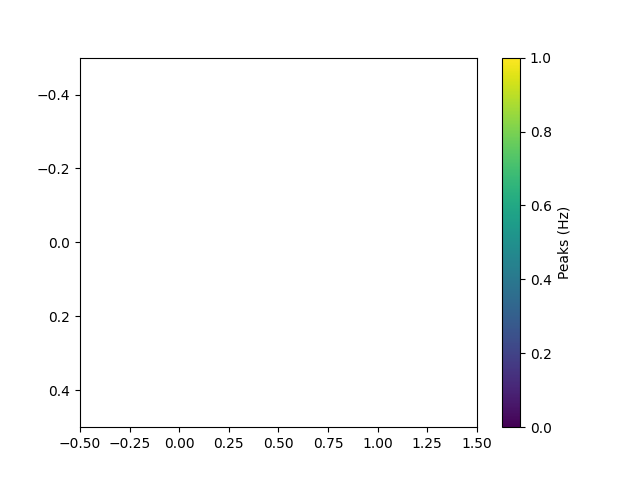Note
Go to the end to download the full example code.
Peaks Widgets Gallery
Some widgets are useful before sorting and works with the “peaks” given by the detect_peaks() function.
They are useful to check drift before running sorters.
import matplotlib.pyplot as plt
import spikeinterface.full as si
First, let’s generate a simulated dataset
recording, sorting = si.generate_ground_truth_recording()
Let’s filter and detect peaks on it
from spikeinterface.sortingcomponents.peak_detection import detect_peaks
rec_filtered = si.bandpass_filter(recording=recording, freq_min=300.0, freq_max=6000.0, margin_ms=5.0)
print(rec_filtered)
peaks = detect_peaks(
recording=rec_filtered,
method="locally_exclusive",
peak_sign="neg",
detect_threshold=6,
exclude_sweep_ms=0.3,
radius_um=100,
noise_levels=None,
random_chunk_kwargs={},
chunk_memory="10M",
n_jobs=1,
progress_bar=True,
)
GroundTruthRecording (BandpassFilterRecording): 4 channels - 25.0kHz - 1 segments
250,000 samples - 10.00s - float32 dtype - 3.81 MiB
noise_level (no parallelization): 0%| | 0/20 [00:00<?, ?it/s]
noise_level (no parallelization): 100%|██████████| 20/20 [00:00<00:00, 225.61it/s]
detect peaks using locally_exclusive (no parallelization): 0%| | 0/1 [00:00<?, ?it/s]
detect peaks using locally_exclusive (no parallelization): 100%|██████████| 1/1 [00:00<00:00, 4.13it/s]
detect peaks using locally_exclusive (no parallelization): 100%|██████████| 1/1 [00:00<00:00, 4.13it/s]
peaks is a numpy 1D array with structured dtype that contains several fields:
print(peaks.dtype)
print(peaks.shape)
print(peaks.dtype.fields.keys())
[('sample_index', '<i8'), ('channel_index', '<i8'), ('amplitude', '<f8'), ('segment_index', '<i8')]
(883,)
dict_keys(['sample_index', 'channel_index', 'amplitude', 'segment_index'])
This “peaks” vector can be used in several widgets, for instance plot_peak_activity()
si.plot_peak_activity(recording=rec_filtered, peaks=peaks)
plt.show()

can be also animated with bin_duration_s=1. The animation only works if you run this code locally
si.plot_peak_activity(recording=rec_filtered, peaks=peaks, bin_duration_s=1.0)
plt.show()

Total running time of the script: (0 minutes 0.482 seconds)